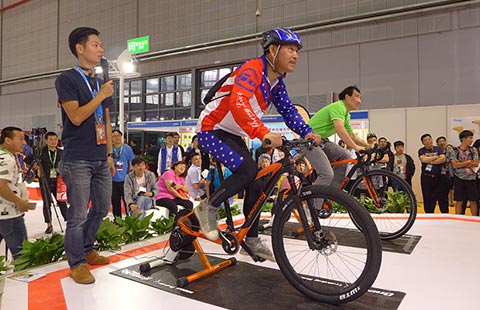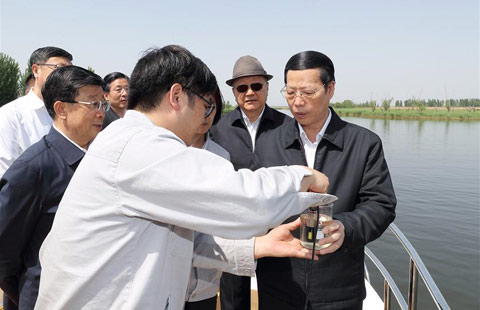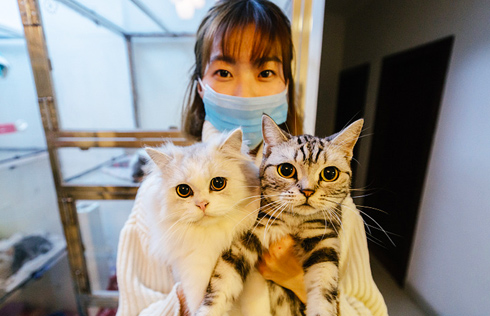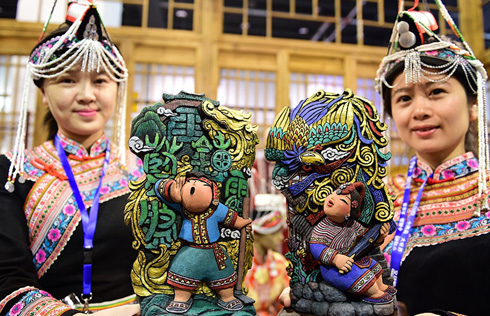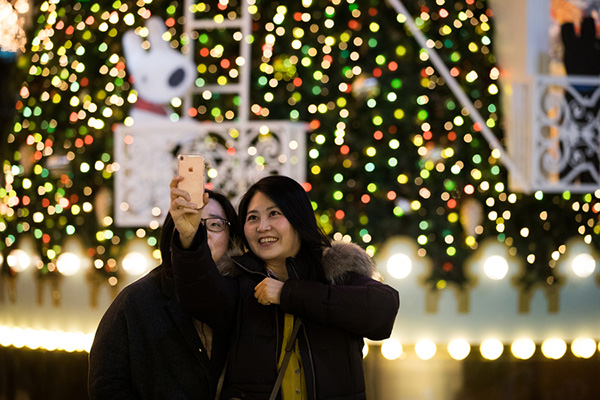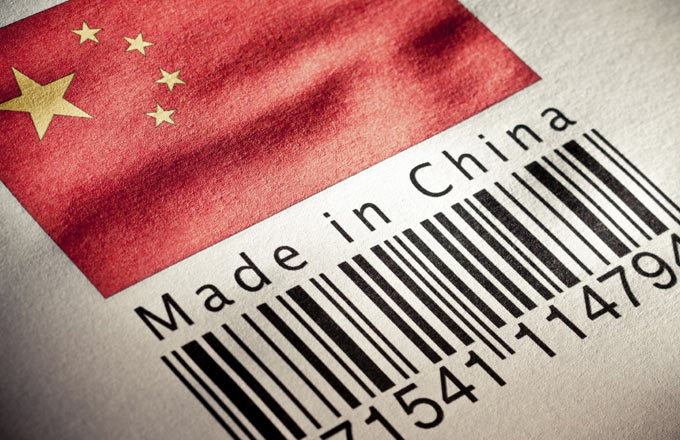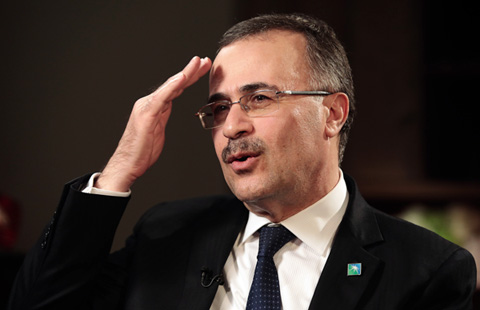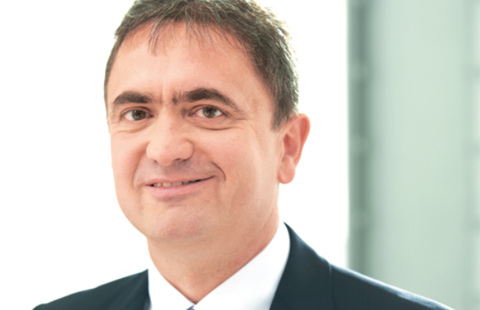Changyu branches out into the UK
His company has since worked extensively with the Changyu team to develop wines suitable for the European standard, of which Chateau Changyu Moser XV is one.
Pardoe said the grape varieties of cabernet sauvignon and merlot are originally from Bordeaux.
They were planted by Changyu when it was founded in the 1890s, but initially the crops did not grow very well.
When Moser went to Changyu, he identified the best pockets of the grapes out of what was available, and helped grow them the Bordeaux way, Pardoe said.
This new method of pruning the crops reduced the number of grapes produced to just a quarter of the previous quantity, to ensure the harvested grapes are more "concentrated and flavorsome".
"When the vines are dormant in the winter, you cut them to give you the number of branches you'd like to grow each year. But later on, if the branches grow very fast because of weather conditions, you have to cut them more."
After the grapes are harvested, Moser's team ages them for 12 months in oak barrels of 225 liters each, to produce a robust and full-bodied wine. These barrels are produced in France and imported by Changyu.
Pardoe said the difference in taste between Chateau Changyu Moser XV and other Bordeaux wines is subtle. "The climate in Ningxia is warmer and drier than Bordeaux, and the sunlight is stronger, therefore the wine has a more savory character. In comparison, the Bordeaux wines are fruitier, fresher, and drier."
Meanwhile, the three ice wines Pardoe picked to complete the collection are developed by Changyu in Liaoning province for the Chinese domestic market, with help from Aurora Icewine Co Ltd, the biggest ice wine company in Canada.
Pardoe said the Changyu ice wines will provide Britain with a welcome alternative to German ice wines, which now lead Europe's ice wine market.
Most German ice wines are made from the Riesling grape, whereas the Changyu ice wines are made from a sweeter vidal grape, popular in Canada.
Liaoning has weather "remarkably" suitable for ice wines, Pardoe said.
"To make ice wine is very difficult because they have to be harvested in a temperature that is -8 C, which Liaoning has on a predictable annual basis."
There will be a slight difference between the three ice wines. Gold Label is a light wine with citrus, tropical fruits, blossom and honey flavors, Blue Label has spicy honey, lychee and pear aromas, and Black Label contains apricot, pineapple and vanilla flavors.
Pardoe said that Berry Bros will initially import 100 cases of the three ice wines altogether and another 100 cases of the Chateau Changyu Moser XV, but will continue to order more when the first batch sells out.
The wines will arrive in Britain in June, he said.
Changyu is no newcomer to the world of wine. Founded by Zhang Bishi in 1892, it has grown to be one of China's best-known producers.
By 2016 Changyu plans to open a "wine city" in Yantai, Shandong province, covering an estimated area of more than four square kilometers and costing about 6 billion yuan ($979 million).
Comprising a research institute and wine-production facilities and vineyards, it will feature a European-style village, two wine and brandy chateaux and an international wine trading center.
Changyu's first entry into Europe was in France, where it was distributed by Castel. But it failed to attract repeat orders because of inconsistent quality, according to a report by the wine specialist media China Wine News.
But more recently, in September 2011, it was picked up by the Belgium supermarket Delhaize. Late last year Changyu's Cabernet d'Est became available on first-class Asian routes of the German airline Lufthansa, China Wine News reported.
Last summer the British supermarket Waitrose added a Chinese wine and a Brazilian wine to its collection at a promotional event during the Olympic period, and Chateau Changyu cabernet gernischt was chosen.







